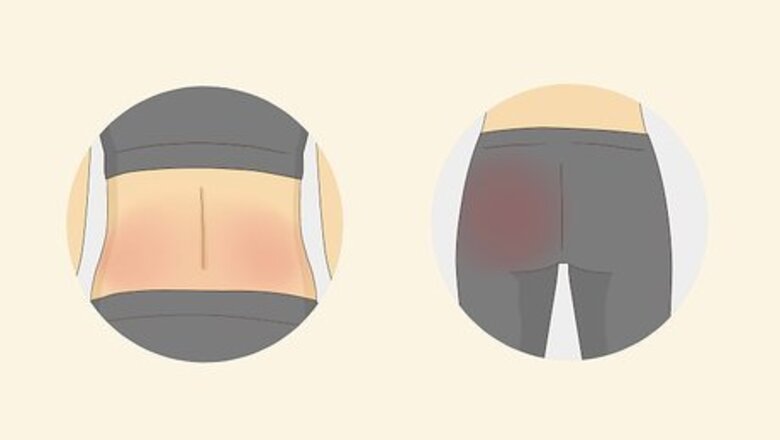
views
Recognizing a Muscle Strain
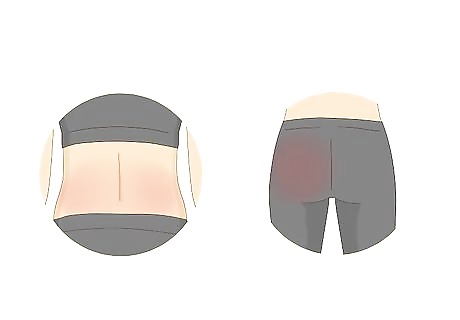
Notice if your pain radiates along your lower back or buttocks only. A muscle strain will cause pain that is localized to one part of your body. In this case, you’ll feel back pain or upper buttocks pain. If you feel pain anywhere else, it may be caused by a slipped or bulging disc. You’ll typically feel more pain while you’re standing and less pain while you’re sitting or lying down.
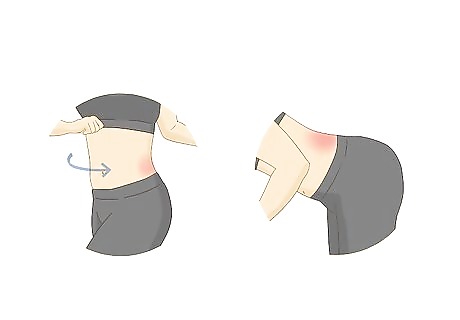
Watch for a stiff back with a reduced range of motion. Your back may feel tight or thick, making it hard to move. You’ll likely notice that twisting and bending are both painful and difficult to do. This is usually caused by a muscle strain and the inflammation it causes. Your back may feel extra stiff when you wake up in the morning or after resting. This could also be the sign of a bulged or slipped disc. Have your doctor perform an MRI if the stiffness is persistent.
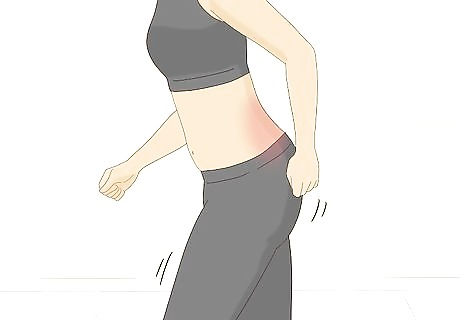
Check if you're struggling to maintain a straight posture. It may be difficult to fully straighten your back, so you might notice that you’re walking with a hunched posture. This can be a sign that you’ve injured a muscle in your back. When you try to straighten up, you’ll likely feel pain. Difficulty maintaining posture could also be caused by a slipped or bulging disc. Ask your doctor to perform an MRI to be sure if the problem persists.

Observe if you’re experiencing muscle spasms. You may experience muscle spasms when you’re resting or during activity. When the spasms happen, it will feel like your lower back is tensing and becoming weak. Additionally, you’ll likely feel a sharp pain shooting through your back. Muscle spasms likely mean your pain is caused by a muscle strain.
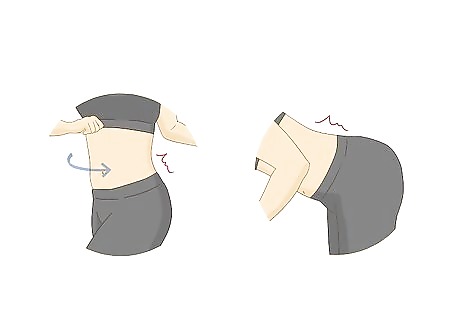
Consider if your pain started when you were twisting or bending. Although you can injure your muscles in other ways, twisting and bending are the most common motions that cause strained back muscles. You might notice shooting or throbbing pain while twisting or bending, or the pain might come on right after you stop. If you start feeling back pain, stop whatever you’re doing. Continuing the activity that hurt you will likely make the pain worse. Muscle strains usually go away on their own after 4 to 6 weeks. It’s possible that a severe muscle injury, like a tear, may cause pain that lasts longer. If your pain doesn’t go away, it’s a good idea to see your doctor to get a proper diagnosis so you can get the right treatment. Tip: Muscle strain can be caused by a sudden injury or overuse. This means that repeatedly bending or twisting during an activity, like moving boxes or playing a sport, can eventually cause muscle strain.
Identifying a Bulging or Slipped Disc

Watch for pain in your back and possibly your neck. A slipped or bulging disc can cause pain in one or multiple places. That’s because it presses against the nerves that run through your body. Your slipped disc could be in your back or neck, so you might feel pain in both places. A slipped or bulging disc can make you feel pain anywhere on your back, though lower back pain is most common.
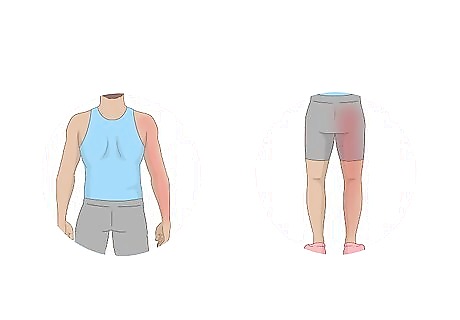
Notice if you have pain in your shoulder, arm, buttocks, or leg. Since your slipped or bulging disc is pressing on your nerves, it will cause pain radiating through your shoulder and arm or your buttocks and leg. The pain may also reach down to your hands or feet. This widespread pain is a sign of a slipped or bulging disc. It’s unlikely that a muscle strain will cause pain in your limbs unless you also injured those muscles.
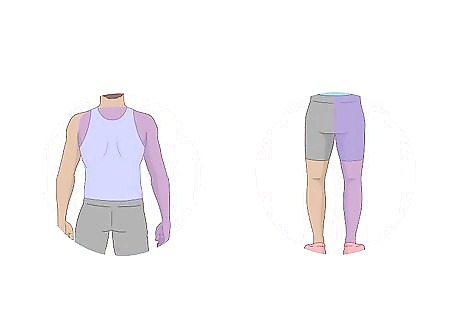
Observe if you feel numbness or tingling in your back or limbs. Because the slipped or bulging disc is pressing on your nerve, you may notice numbness or tingling in your back, shoulders, arms, buttocks, or legs. This feeling may come and go. You won’t always experience this sensation with a slipped or bulging disc, so you can still have one even if you don’t feel numbness or tingling. Muscle injuries rarely cause numbness or tingling, especially in other areas of your body.
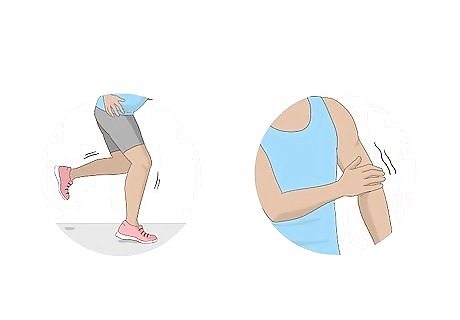
Watch for poor balance or loss of strength in your arms. Your slipped or herniated disc might impact your coordination, making it hard to stay balanced. Similarly, you might lack the strength to carry items because of the pain radiating along your nerves. You may even notice that you’ve suddenly lost strength that you normally have. Your muscles may feel weak because of a slipped or bulging disc, so it’s important to recognize when the weakness is coming from your legs and arms versus your back. If your back pain is causing weakness in other areas of your body, you may have a slipped or bulging disc.
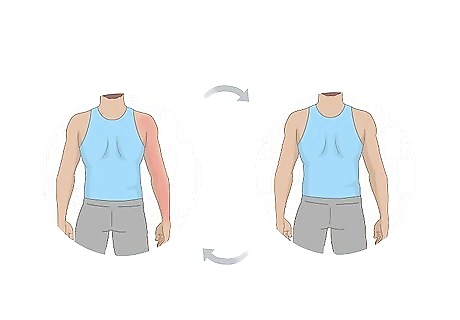
Notice if your pain is chronic. Pain from bulging or slipped discs often goes away on its own. However, it’s more likely to return, especially if you do the same motion or activity that caused it before. If your pain persists for a long period of time or goes away and comes back, it’s likely caused by a slipped or bulging disc. You may even notice that your pain returns suddenly for no obvious reason. This is usually a sign of a slipped or bulging disc. You'll usually feel more pain while sitting or bending but feel relieved when you stand. You may feel sharp, shooting pains in your feet and legs.

Consider if your pain started while you were lifting something. Lifting heavy objects with improper form can cause a bulging or slipped disc. That’s because the motion pushes the cushioning between your discs out of place. Notice if your pain started as you lifted an object or immediately afterward. Always use safe lifting practices.Tip: If you were twisting or bending while you lifted, you might have a muscle strain. It’s a good idea to see your doctor to figure out what’s causing your pain.
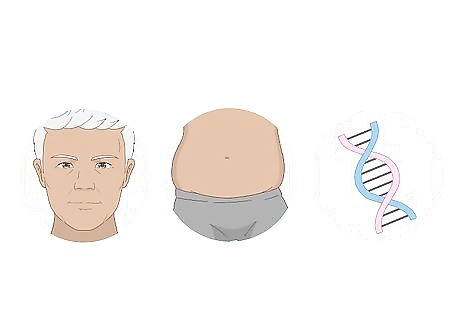
Check if you have risk factors for a bulging or slipped disc. Although anyone can get a slipped or bulging disc, certain things can increase your risk. Knowing these risk factors will help you figure out if this might be the cause of your back pain. You’re more likely to have a bulging or slipped disc if any of the following apply to you: Being older than age 40 Exercising too vigorously Operating vibrating machinery Being inactive Carrying extra body weight Having family members with slipped or bulging discs
Seeking Medical Care
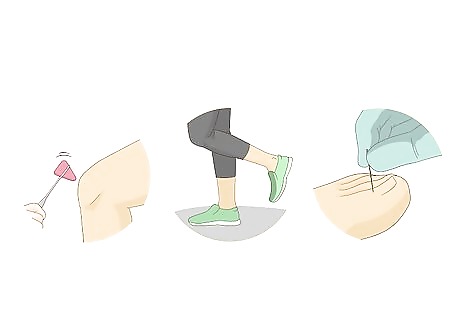
See your doctor for a physical and neurological exam. Tell your doctor how long you’ve been experiencing back pain and if you've had any accidents or overuse that may have caused it. Then, let your doctor check your back for tenderness. They may decide to do a simple, painless neurological exam to help make a diagnosis. During this exam, they’ll check your reflexes, watch you walk to make sure you’re balanced, and see if you can feel sensations like a pinprick, heat, or cold. After doing a basic exam, your doctor will decide if you need more diagnostic tests to determine the cause of your pain.

Get an imaging test if your doctor suspects a bulging or slipped disc. Your doctor may not recommend imaging tests if they think a muscle strain is causing your pain. However, these tests can help your doctor make a more informed diagnosis so that you get the best treatment possible. For instance, your doctor might do one or more of the following tests: X-rays to rule out broken bones, alignment issues, an infection, or a tumor. A CT scan to create an image of your entire spinal column. An MRI to view your spine and identify the location of a bulging or slipped disc, as well as the nerves it’s pinching. A myelogram to look for multiple slipped discs via X-ray after a dye is inserted into your spinal fluid.Variation: If you have serious, persistent back pain caused by a bulging or herniated disc, your doctor may decide to do a nerve test. During this test, they’ll send painless electrical signals to your nerves, and a machine will measure its response. You shouldn’t feel any pain during this test, but you might feel uncomfortable.
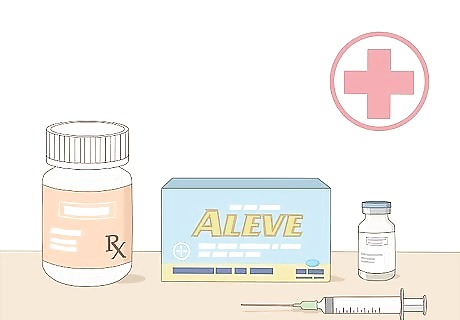
Ask your doctor which pain medication you can use to relieve your pain. If your doctor says it’s okay, take over-the-counter NSAIDs like ibuprofen (Advil, Motrin) and naproxen (Aleve) to relieve your pain and reduce the inflammation in your body that’s adding to your symptoms. However, your pain may persist if you severely injured your muscles or spine. In this case, your doctor might prescribe prescription painkillers, muscle relaxers, or corticosteroid injections to control pain and reduce inflammation. If you can't take NSAIDs, you may be able to take acetaminophen (Tylenol) instead. Although it won't reduce your inflammation, it can help relieve your pain. It’s best to use as little pain medication as possible because it can get addictive. Always follow your doctor’s advice and read the labels on your medications. Don’t take more pain relievers than are recommended, even if your pain doesn’t go away. Interventional pain specialist Stuart Rammell suggests that making lifestyle changes, such as focusing on weight loss and cardiovascular health, can also help minimize back pain.

















Comments
0 comment